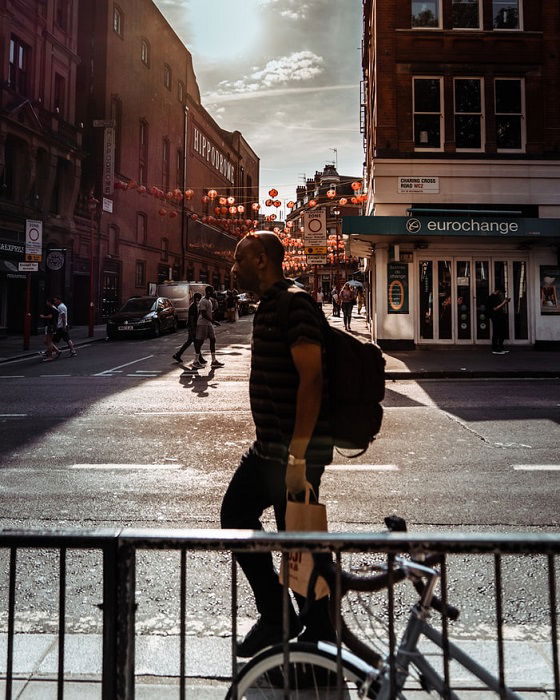All about Framing Streets
Top Guidelines Of Framing Streets
Table of ContentsFraming Streets Things To Know Before You Get ThisThe 25-Second Trick For Framing StreetsThe Ultimate Guide To Framing StreetsSome Known Details About Framing Streets What Does Framing Streets Mean?Everything about Framing Streets
, usually with the objective of capturing photos at a crucial or touching moment by mindful framework and timing. https://framingstreets1.bandcamp.com/album/framing-streets.
, that was motivated to take on a comparable paperwork of New York City. As the city established, Atget helped to promote Parisian streets as a worthy subject for photography.

The Ultimate Guide To Framing Streets
Andre Kertesz.'s widely admired Images la Sauvette (1952) (the English-language edition was titled The Definitive Moment) advertised the concept of taking an image at what he labelled the "crucial moment"; "when type and web content, vision and composition merged into a transcendent whole" - Best Zoom Lens.
Rumored Buzz on Framing Streets
The recording maker was 'a covert video camera', a 35 mm Contax hidden under his layer, that was 'strapped to the upper body and attached to a lengthy cable strung down the right sleeve'. His work had little modern influence as due to Evans' sensitivities regarding the originality of his job and the personal privacy of his subjects, it was not published up until 1966, in the publication Lots of Are Called, with an introduction written by James Agee in 1940.
Helen Levitt, then an educator of kids, connected with Evans in 193839. She recorded the transitory chalk drawings - Best Zoom Lens that became part of youngsters's street culture in New York at the time, her latest blog along with the youngsters who made them. In July 1939, Mo, MA's brand-new digital photography area included Levitt's work in its inaugural eventRobert Frank's 1958 book,, was significant; raw and frequently indistinct, Frank's images examined mainstream digital photography of the moment, "challenged all the formal regulations set by Henri Cartier-Bresson and Walker Evans" and "contradicted the wholesome pictorialism and wholehearted photojournalism of American publications like LIFE and Time".